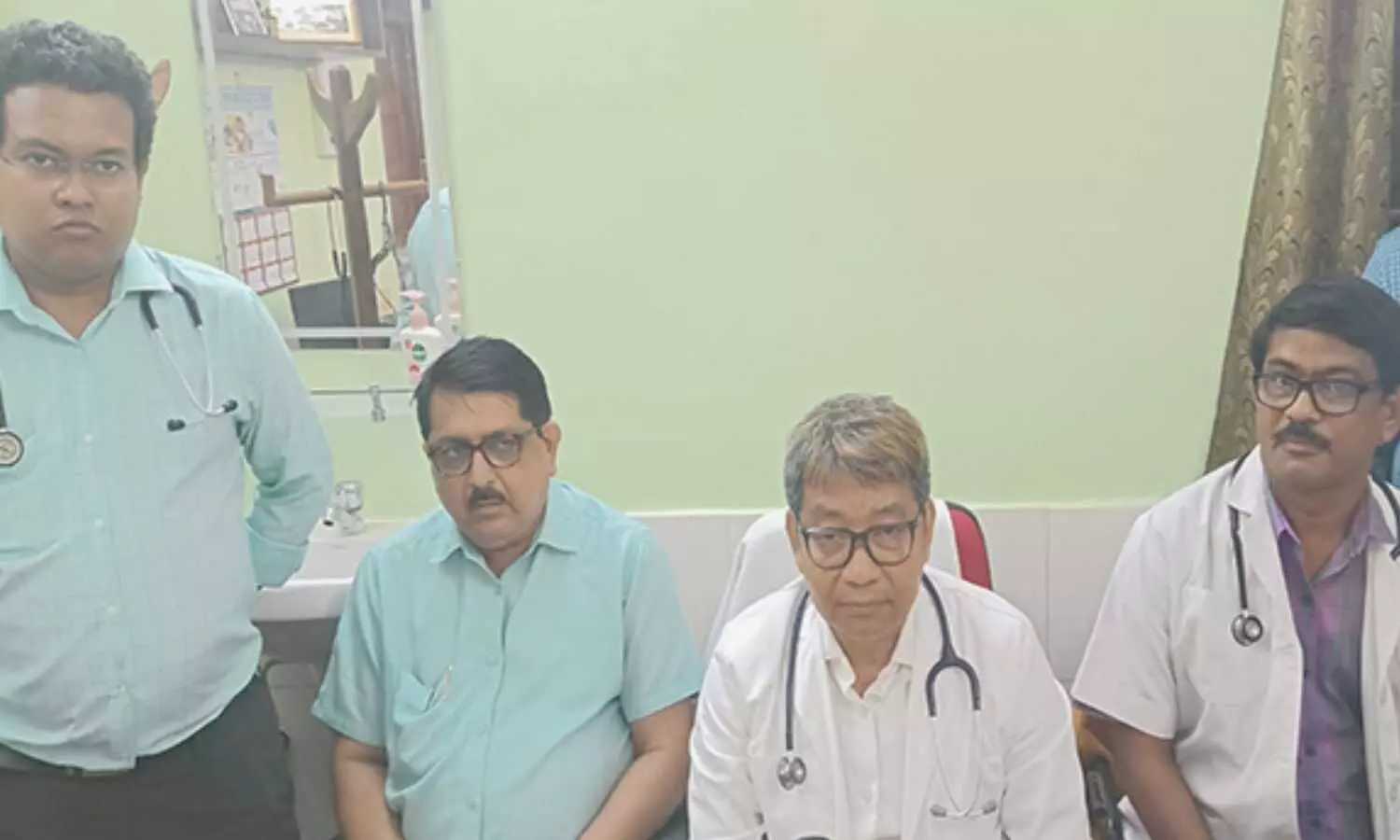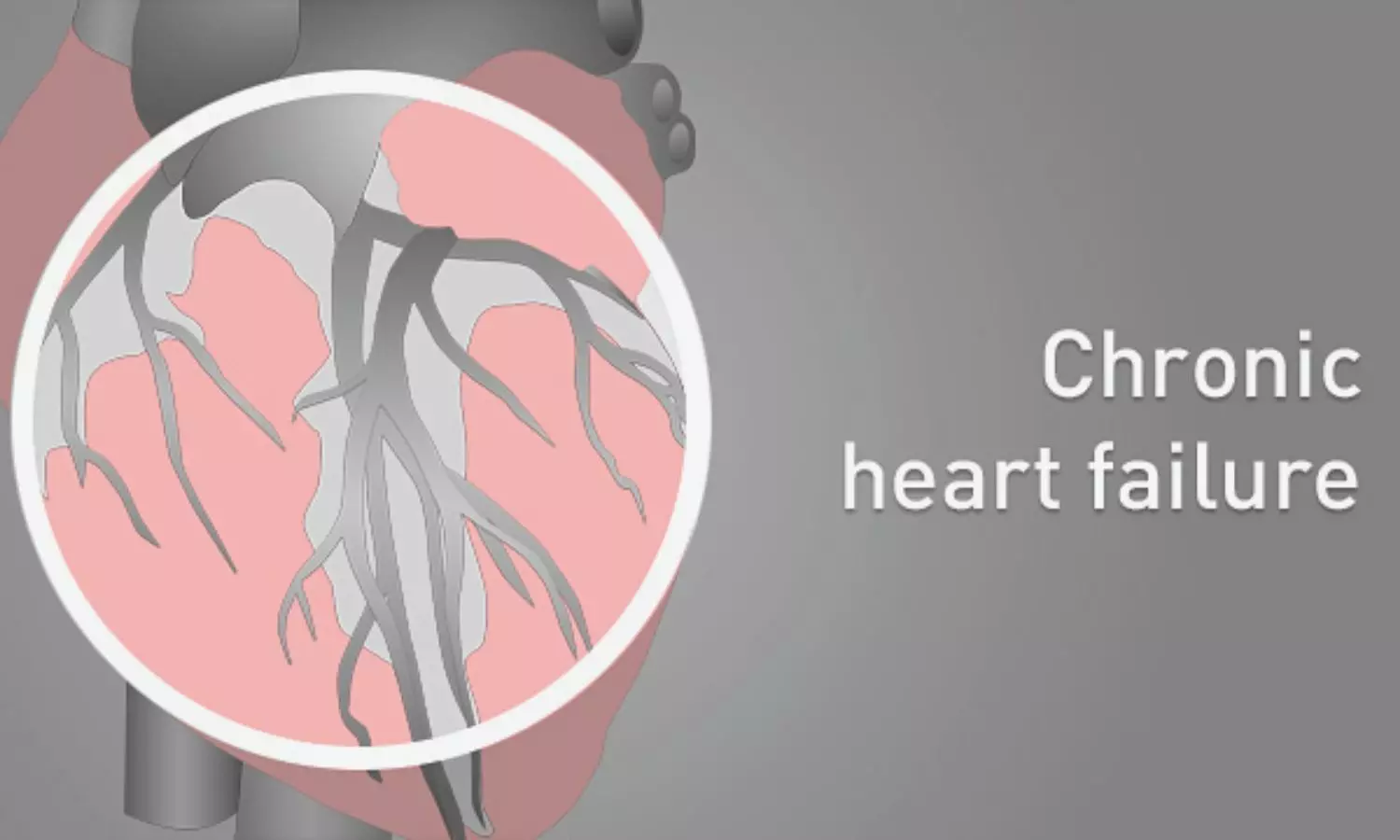Protecting Lives: Enhancing Outcomes for Rare Cases of Vasa Previa through Standardized Clinical Practices, finds study

Recent study focused on addressing the challenges in outcome reporting for vasa previa, a rare but high-risk condition in pregnancies that can lead to severe fetal and neonatal complications. The aim was to develop a Core Outcome Set and Reporting Checklist (COVasP) to standardize reporting of patient-important outcomes in research studies on vasa previa, allowing for better data harmonization, evidence synthesis, and patient-centered care.
Addressing Inconsistent Reporting
The research identified inconsistent reporting of patient-important outcomes in vasa previa studies, with essential outcomes such as NICU admission and maternal quality of life being poorly reported or not reported at all. To address this issue, a multi-step process involving Delphi surveys, small group discussions, and a consensus meeting was initiated. The study included a diverse representation of international stakeholders, comprising health service users (HSUs) and healthcare professionals (HCPs), to ensure inclusivity and collaboration in developing the core outcome set.
Strengths and Limitations
Several strengths and limitations were acknowledged throughout the study. Strengths included international representation, equal participation of HSUs and HCPs, and considerations for global applicability in the development of COVasP. Limitations such as participant attrition, potential biases related to the COMET methodology, and language-related biases were also highlighted, emphasizing the need for continuous improvement in future iterations of core outcome sets.
Identification of Relevant Outcomes
The identification of relevant outcomes was based on a systematic review and qualitative study, leading to the identification of 67 unique outcomes that informed the development of the core outcome set. The Delphi survey process involved stakeholders rating outcomes based on importance, resulting in consensus on 13 core outcomes for fetal/neonatal and maternal aspects, along with a 22-item reporting checklist.
Key Discussions
Key discussions during small group meetings highlighted the reassignment of some outcomes to reporting checklist items, the relevance of outcomes based on antenatal screening, and the importance of rewording outcomes for better generalizability. Through collaborative efforts, consensus was achieved on most outcomes, with final inclusion of core outcomes and reporting checklist items agreed upon in the consensus meeting.
Study Conclusion
The study concluded with the presentation of the finalized core outcome set and reporting checklist for studies on vasa previa. The COVasP output represents a minimum set of items to be reported in future research, aiming to enhance data quality, patient-centered care, and global consistency in reporting outcomes for vasa previa. The study emphasized the importance of flexibility in reporting additional outcomes depending on specific study focuses while encouraging the adoption of COVasP to improve research quality and patient outcomes globally.
Key Points
– The study aimed to develop a Core Outcome Set and Reporting Checklist (COVasP) to standardize outcome reporting in research studies on vasa previa, a rare but high-risk condition in pregnancies, for better data harmonization, evidence synthesis, and patient-centered care.
– Inconsistent reporting of patient-important outcomes in vasa previa studies was identified, leading to the initiation of a multi-step process involving Delphi surveys, small group discussions, and a consensus meeting with international stakeholders to develop the core outcome set.
– Strengths of the study included international representation, equal participation of health service users (HSUs) and healthcare professionals (HCPs), and considerations for global applicability, while limitations such as participant attrition and potential biases were noted, highlighting the need for continuous improvement in future core outcome set iterations.
– The identification of relevant outcomes was based on a systematic review and qualitative study, resulting in the development of 13 core outcomes for fetal/neonatal and maternal aspects, along with a 22-item reporting checklist through stakeholder ratings of outcome importance in the Delphi survey process.
– Key discussions during small group meetings focused on outcomes reassessment, antenatal screening relevance, and outcome rewording for better generalizability, leading to consensus on most outcomes and final agreement on core outcomes and reporting checklist items in the consensus meeting.
– The study concluded with the presentation of the finalized core outcome set and reporting checklist, COVasP, aiming to enhance data quality, patient-centered care, and global consistency in reporting outcomes for vasa previa while allowing flexibility in reporting additional outcomes based on specific study focuses.
Reference –
Tiffany Yeretsian et al. (2025). Core Outcome Set And Reporting Checklist For Studies On Vasa Previa. *JAMA Network Open*, 8. https://doi.org/10.1001/jamanetworkopen.2025.1000.
Powered by WPeMatico




